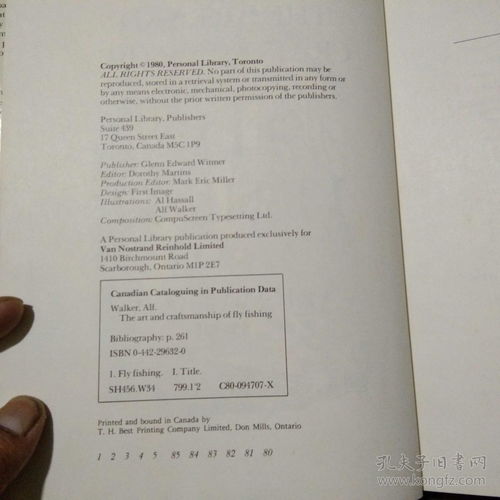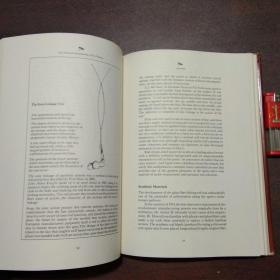Content:
Fishing with pine leaves, an ancient and traditional method, has been passed down through generations. It's a unique technique that requires patience, skill, and a deep understanding of nature. In this article, we will explore the art of fishing with pine leaves, providing you with valuable tips and techniques to ensure a successful day out on the water.
I. Understanding the Basics
Why pine leaves?

Pine leaves are a natural attractant for fish, as they mimic the scent of aquatic plants and insects. The scent of pine leaves can be particularly appealing to certain species, such as carp, bass, and catfish. Additionally, pine leaves are readily available and environmentally friendly, making them an excellent choice for anglers looking to reduce their carbon footprint.
The equipment
To fish with pine leaves, you'll need the following equipment:
- A rod and reel: Choose a lightweight, flexible rod with a sensitive tip, as this will help you detect subtle bites.
- A spincast reel: This type of reel is ideal for casting lightweight lures and is easy to use.
- Line: Use a monofilament line with a thickness suitable for the fish you're targeting. A line thickness between 4 to 8 pounds is generally a good starting point.
- Hooks: Small hooks, such as size 6 or 8, are recommended for this technique.
- Lures: While you can use artificial lures, many anglers prefer to use natural bait, such as earthworms or crickets. However, pine leaves can be used as an alternative to these baits.
II. Preparing the Pine Leaves
Selecting the leaves
When choosing pine leaves for fishing, it's essential to select the freshest and most vibrant green leaves. These leaves will provide the most potent scent and are more likely to attract fish. Avoid using leaves that are brown, wilted, or damaged.
Preparing the leaves
To prepare the pine leaves for fishing, follow these steps:
- Strip the leaves from the pine tree, ensuring you have a sufficient amount for your needs.
- Remove any brown or damaged parts of the leaves.
- Roll the leaves into a ball or a small cylinder, creating a compact and dense form.
III. The Technique
Casting
When casting pine leaves, it's crucial to use a gentle, controlled motion. This will help you cover more water and increase your chances of encountering fish. Here's how to cast:
- Hold the rod with both hands, keeping your fingers slightly spaced apart.
- With the line in your non-dominant hand, cast the pine leaves gently, allowing them to float on the water's surface.
- Adjust your casting angle and distance based on the fish's location and the size of the body of water.
Retrieving
After casting, let the pine leaves drift naturally on the water's surface. Avoid pulling the line too quickly, as this may spook the fish. Instead, allow the leaves to float for several seconds before retrieving them. Here's how to retrieve:
- Hold the rod at a 45-degree angle to the water's surface.
- Gently pull the line, allowing the pine leaves to follow.
- When you feel a resistance or a slight tug, set the hook by jerking the rod slightly.
Setting the hook
When you feel a bite, it's essential to set the hook quickly and securely. Here's how to do it:
- Keep your rod tip slightly bent.
- As the fish takes the pine leaf, pull the rod upward, ensuring the hook is firmly embedded in the fish's mouth.
- Once the fish is hooked, reel it in slowly and steadily.
IV. Tips for Success
Patience is key
Fishing with pine leaves requires patience, as it may take some time to attract fish. Stay focused and maintain a calm demeanor, as sudden movements or loud noises can spook the fish.
Adapt to the environment
Observe the water's surface and fish behavior to determine the best spots to cast. Pay attention to the current, vegetation, and other fish activity, as these factors can provide valuable clues about where the fish are located.
Experiment with different techniques
Fishing with pine leaves can be adapted to various water conditions and fish species. Experiment with different casting distances, retrieval speeds, and hook placements to find the most effective technique for your specific situation.
Be prepared
Always have the necessary equipment and supplies on hand, including extra line, hooks, and bait. This will help you stay prepared for any unexpected situations or changes in the fishing conditions.
In conclusion, fishing with pine leaves is a unique and rewarding technique that can provide hours of enjoyment on the water. By understanding the basics, preparing the pine leaves, mastering the technique, and following these tips for success, you'll be well on your way to a successful day out. Happy fishing!












